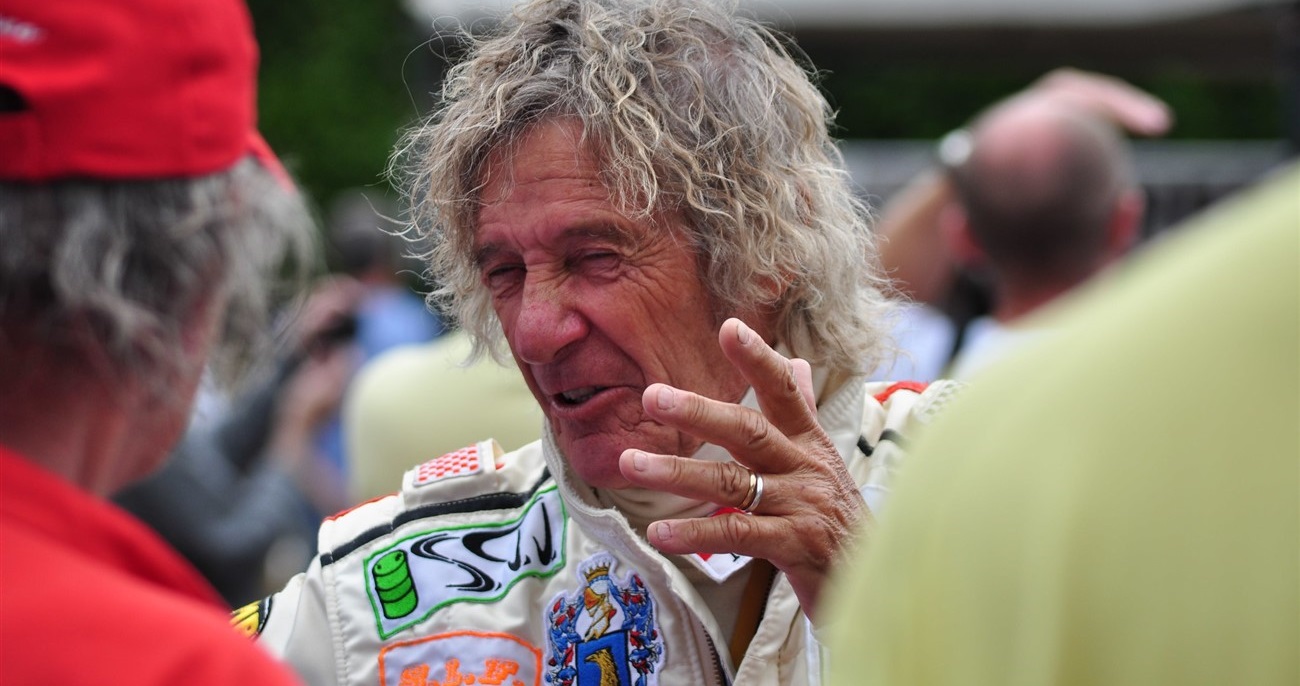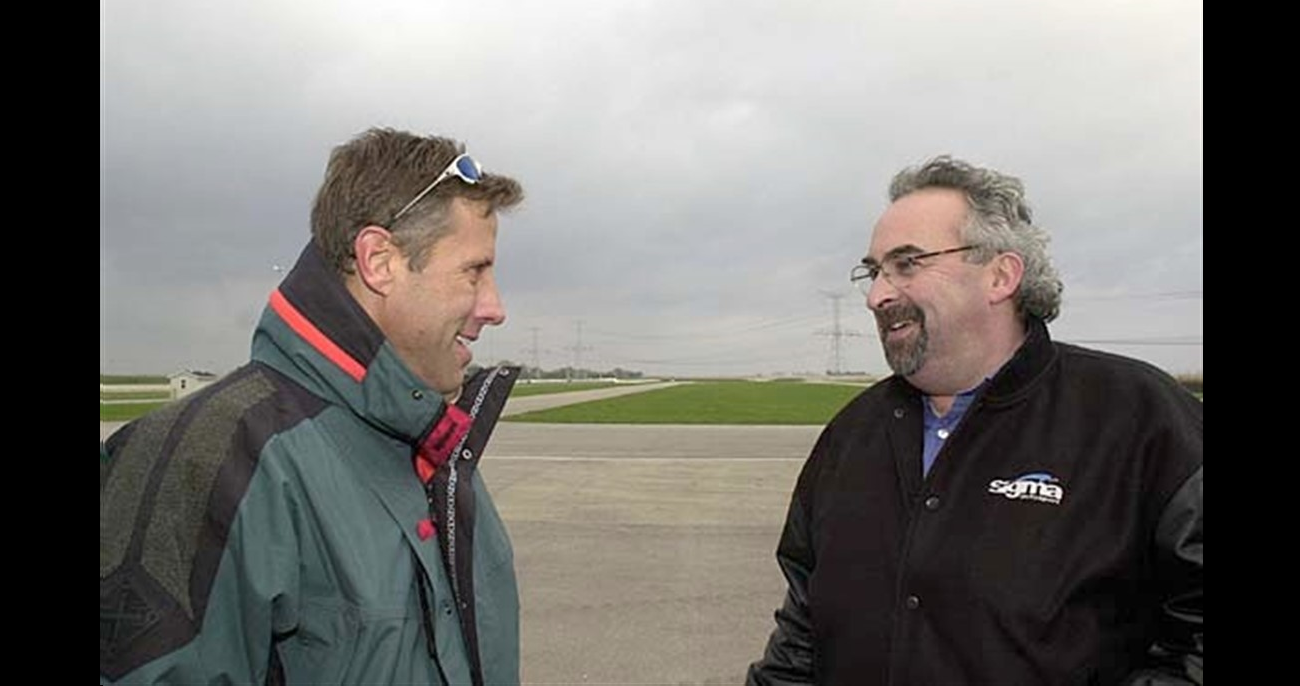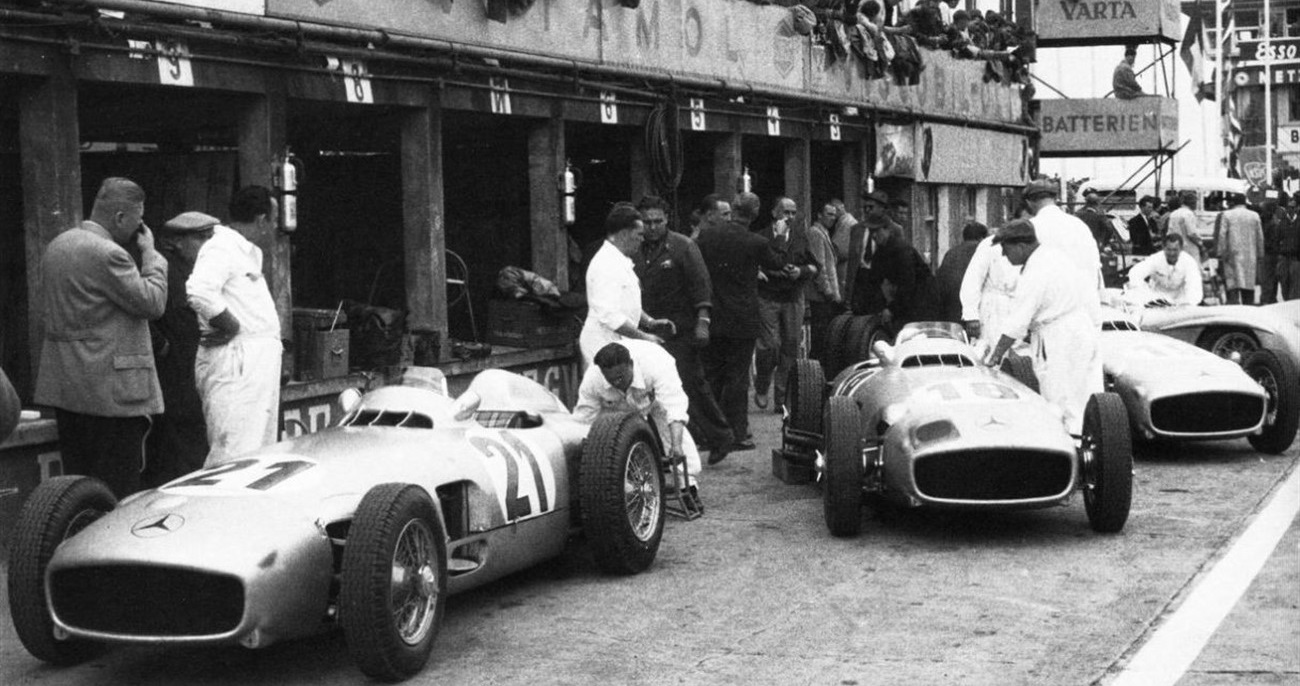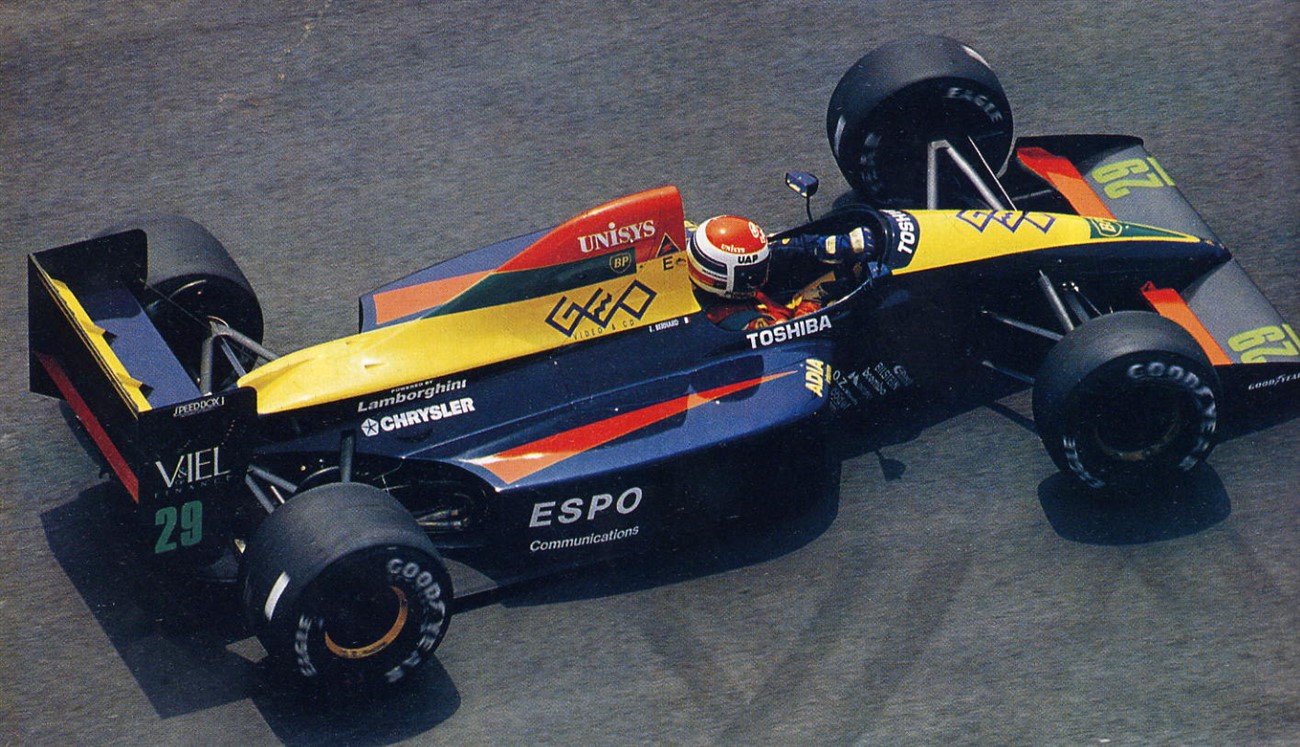Arturo Merzario debuted in 1972 in the Formula One with Scuderia Ferrari. He finished sixth in his first race! Back then, finishing sixth meant one point. After two years with Ferrari and roaming around with Frank Williams Racing Cars, Copersucar-Fittipaldi, March and Walter Wolf Racing Arturo debuted Team Merzario in 1977, his own team. He would race, expect for one race with Shadow, with March 761B the season. Team Merzario would least three seasons in the Formula One.
The 1976 season was a disappointing year for Arturo Merzario. He raced for Ovoro Team March and Walter Wolf Racing. That year he saved Niki Lauda’s life during the horrific crash at the Nurburgring. For 1977, Art was able to raise enough funds to appear on the grid with his own Team Merzario. During the Spanish Grand Prix Team Merzario debuted with the March 761B (March 761/4). During the first few races, the team was consistently the fasted of the March 761s on the grid. The best result that year was a 14th place during the Belgium Grand Prix, on five rounds of winner Gunnar Nilsson. It was a reasonable debut season, not good not bad.
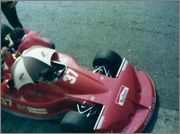
Merzario March 761B 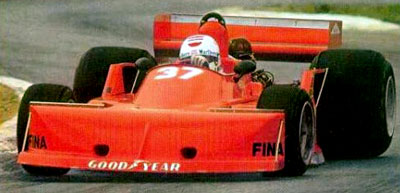
Merzario March 761B
In 1978, the team designed their own car, mostly designed around the March 761B from previous year. Of the Merzario A1 were two chassis constructed the A1/1 and the A1/2. Team Merzario debuts of the car was during the Argentinian Grand Prix. Little Art managed to qualify the car on P20, not bad at all for a first attempt. Sadly, he had to retire during the race. The only race the A1 (A1/1) would see the finish was during the Swedish Grand Prix when Arturo finished 16th. Due the fact he was eight rounds behind the winner of the Grand Prix Niki Lauda, he was not classified as so. During the Italian Grand Prix both Merzario A1’s would appear on the circuit.
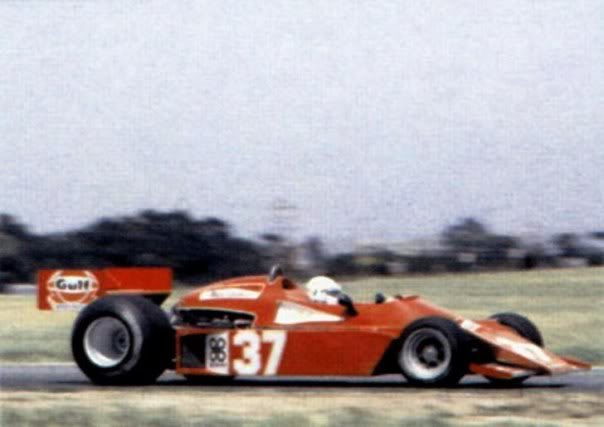
Merzario A1 red livery 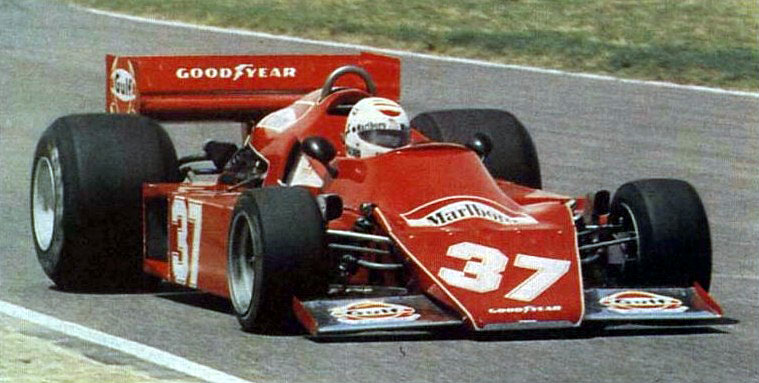
Merzario A1 red livery
Arturo Merzario asked Alberto Colombo to drive the second car that race. Alberto Colombo in the A1/1 failed to pre-qualify for the qualification. While Arturo Merzario managed to qualify the A1/2 as 22nd on the grid. The race started with a horrific start accident, which would eventually cost Ronnie Peterson life. Arturo Merzario retired in round 22 when his engine broke down. In the end, the Merzario A1 was not that bad. Most of the time the car failed to finish the race due to problems with the engine or the gearbox.
For 1979, Team Merzario decided to evolve the Merzario A1/2 into the Merzario A1B/1. The bodywork looked smoother and had a more elegance form. As well, the car had a brand new designed front suspension. The Merzario A1B (A2/1) was only used during the Argentinian, Brazilian, South African and the United States West Grand prix. During the Spanish Grand Prix the car was only used in the practice. The rest of the season the car would function as Spare/reserve car.
So was this the only car for 1979? No, it was not. However, now it is time to explain the model number/name of the Merzario A2 and the Merzario A3. If you go around on the internet, you will see that bot the Merzario A2 and A3 named as the successor of the Merzario A1B. I believe myself that the Merzario A1B is basically the Merzario A2. Why do I believe this? Italians don’t care that much what their models are numbered of. You see it with more teams Osella and Alfa Romeo are good examples. Minardi, in less prospective, had this as well up to the sell-out of Paul Stoddart.
To make it clear, I believe that the Merzario A1B/1 is the Merzario A2/1 as raced during the first four races in 1979. Which means that the Merzario A2, which used as model number for the car that raced the rest of the races that season, is the Merzario A3. Not forget to mention the team raced as well with the Merzario A4. Now as well the interesting part of the Unraced Team Merzario cars comes in the story. Because the team failed to qualify with the Merzario A3 and with the Merzario A4.
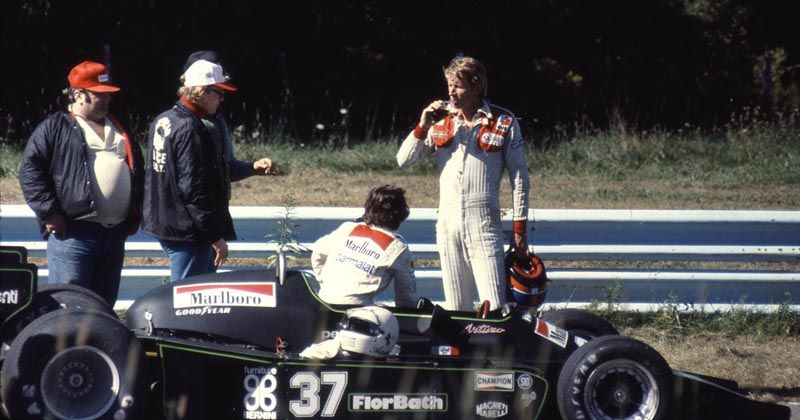
Merzario A1 black livery 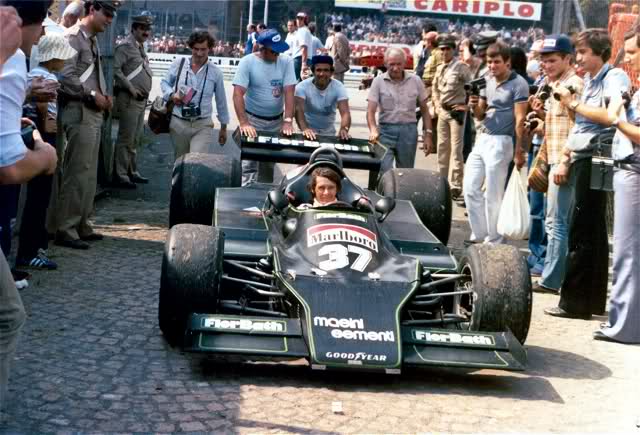
Merzario A1 black livery
Giorgio Valentini and Simon Hadfield designed the Merzario A3/1. Which was fitted with the same DFV Cosworth engine and the same gearbox. The Merzario A3 was the first ground-effect car for Team Merzario, though as its Predecessors based around the March 761. The team’s budget for that season was 250.000 pounds, which resulted in the use of steel and aluminium for the monocoque. The weight of the car was 625 kilos 30 kilos more than the Merzario A2. While the A3 was ready in time for the Race of Champions on 18 March. Team Merzario arrived with the new car during the United States West Grand Prix. However, the car was only active during the practice session due to a crash Art needed to sue the Merzario A2/1.
During the Spanish Grand Prix held at Jarama Arturo Merzario drove the A3 during the qualification session to the 26th place on the grid. Which was not enough to qualify the car for the race. The next race in Belgium Arturo Merzario broke his arm during a crash, which forced him to look for a driver to drive for Team Merzario in Monaco. Gianfranco Brancatelli was found ready to drive the car. Sadly, Brancatelli failed to come through the pre-qualification session.
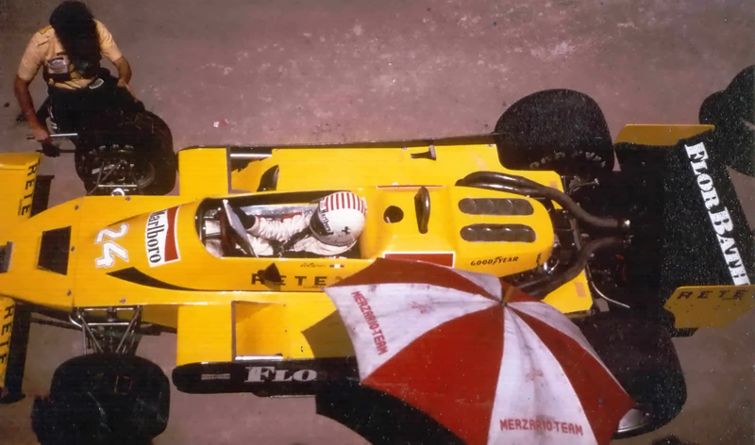
Merzario A2 / A1B1 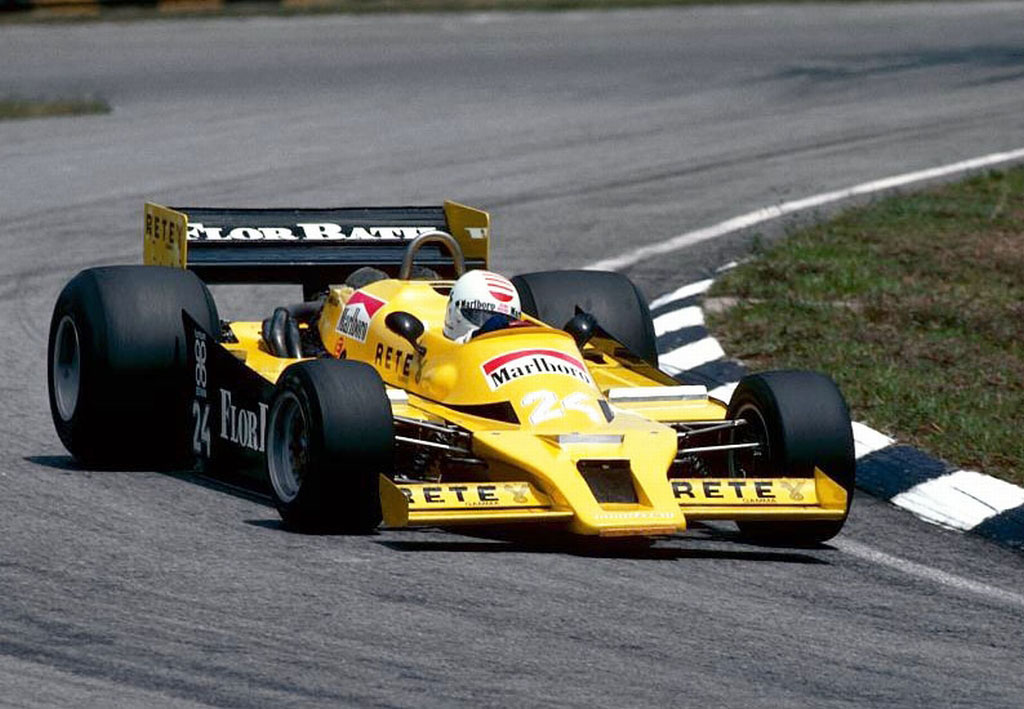
Merzario A2 / A1B1
The results with the Merzario A3 were poor. There was light at the end of the tunnel the Kauhsen team retired at the end of May after just two races and Arturo Merzario acquired their assets, which included two chassis and several spare parts. The Kauhsen WK005 was far from successful and is qualified as Unraced, just to let you know.
Merzario saw the opportunity to continue developing the Kauhsen WK005 chassis. The WK005 cars were designed from start to the ground-effect model. As well, the monocoque was narrower than Merzario’s previous designed cars. Little Art asked Gian Paolo Dallara to design the Merzario A4/1 by using as base the Kauhsen WK005. The monocoque was made of aluminium with the fuel tank placed behind the cockpit in between the side pods. What many seem to forgotten or simply don’t know. The Kauhsen car was based on the Penske car from 1978.
The Merzario A4 appeared for the first time during the British Grand Prix. In the practice, the Merzario A3 was still used. Sadly, Merzario was unable to qualify the A4 for the British Grand Prix. It soon became clear that the A4 was far from a success. Only during the Italian Grand Prix the car was not the slowest during the qualification session. The Rebaque HR100 was slower.

Merzario A3 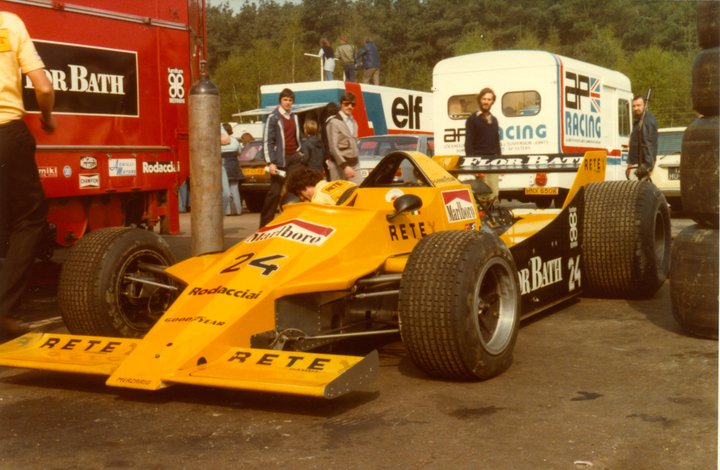
Merzario A3
During the rest of the season Team Merzario would not see their cars on the actual grid. Well during the Gran Premio di Dino Ferrari held at Imola on the 16th of September, Arturo Merzario managed to qualify the car as 13th and finish as 11th. However, this race was a non-championship race. After the United States Grand Prix it looked as if Team Merzario would leave the Formula One. Eventually they would, though the team spirit at that time was still alive and kicking.
Already in June 1979, Little Art announced that Team Merzario ordered designers to create a new car for 1980. Merzario told to a journalist of the well-known Autosport Magazine that the purchase of two chassis had falled through. Having acquired already the Kauhsen team, was Merzario talking about the Lotus 79? Around that same time the Lotus B-Team with Michael Bleekemolen as one of the drivers was announced to debut as well. I was not able to uncover more information.
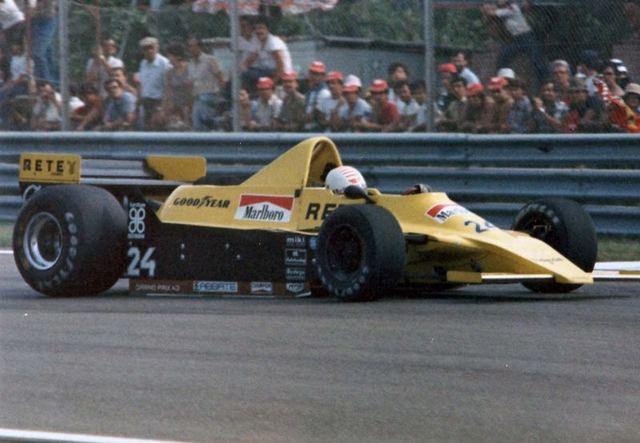
Merzario A4 based on the Kauhsen 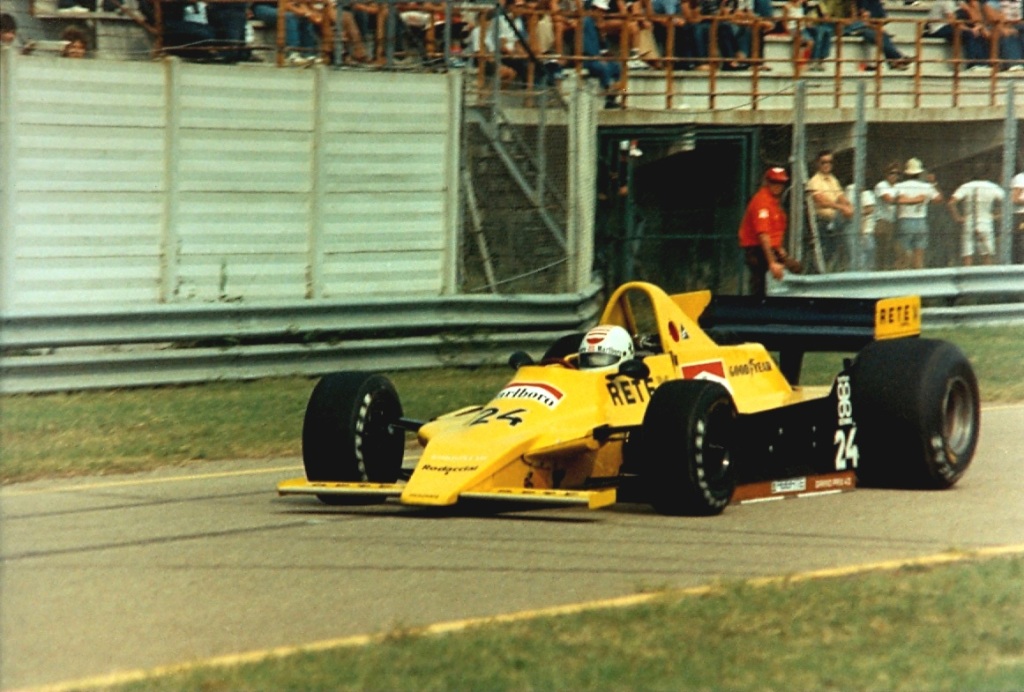
Merzario A4 based on the Kauhsen
Was Team Merzario working on the Merzario A5? It is not sure to tell. Arturo Merzario was to debut in the Formula 2 in 1980 with his own build Merzario M1 powered by BMW. The car was designed in a way that the Cosworth DFV engine would fit as well. Which would make this a hybrid car. Both able to race in the Formula Two and Formula One. In 1980, without success the car drove in the Formula two season with Arturo Merzario, Guido Daccò and Piero Necchi behind the wheel. No signs of the Merzario M1 to appear on the grid in 1980.
However, in early 1980 Team Merzario appeared on the F1 entry list. Stating that Team Merzario would only compete during the European races that season. When you dig deeper into the matter, you will find Team Merzario as Entrant for the Belgium Grand Prix with the Merzario M1. As mentioned the M1 was designed to fit the BMW and the DFV Cosworth engine. The car eventually would only race in the Formula Two.
It did not mean the end of the road, or the rumours, for Team Merzario to re-appear on the grid in 1980. Little Art told several media outlets that he was working in Como on the new Merzario F1 challenger. Probably he was working on the Merzario A4 to make an evolution of the car and brand it as the Merzario A5. The idea was to race at San Marino and the Grand Prix held at Brands Hatch. As well the Spanish Grand Prix was mentioned. So what happened? Nothing, due the lack of financial backing and probably as well the poor results of the Merzario M1 in the Formula 2 Team Merzario decided to discontinue the development of the A4 into the A5.
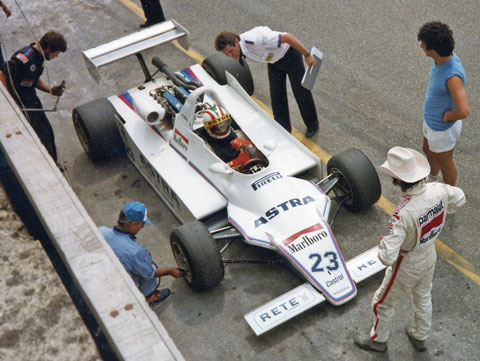
Merzario M1 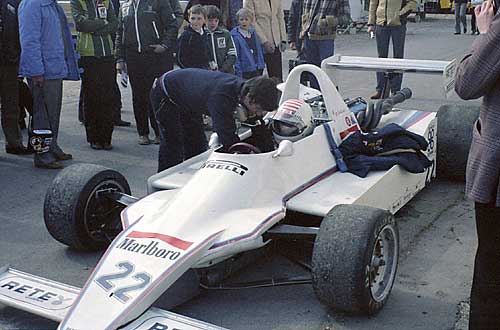
Merzario M1
Team Merzario did not arrive at Brands Hatch, Arturo Merzario did arrive at Brands Hatch. Where he told a reporter of the Autosport Magazine, in addition to the cancelation of their contender for 1980, the team was preparing for 1981! The team would shortly start on the design of the Merzario A6 (you could call it the Merzario A6 I assume) for 1981. Things would change, as it seemed he found sponsors to quote Arturo “Next year money Sponsors”. How serious it was? We will never know. Neither could I find more in my own archive about it. Team Merzario kept on racing in the Formula Two for a couple of years before Little Art decided to stop as team manager and be a race driver instead!

